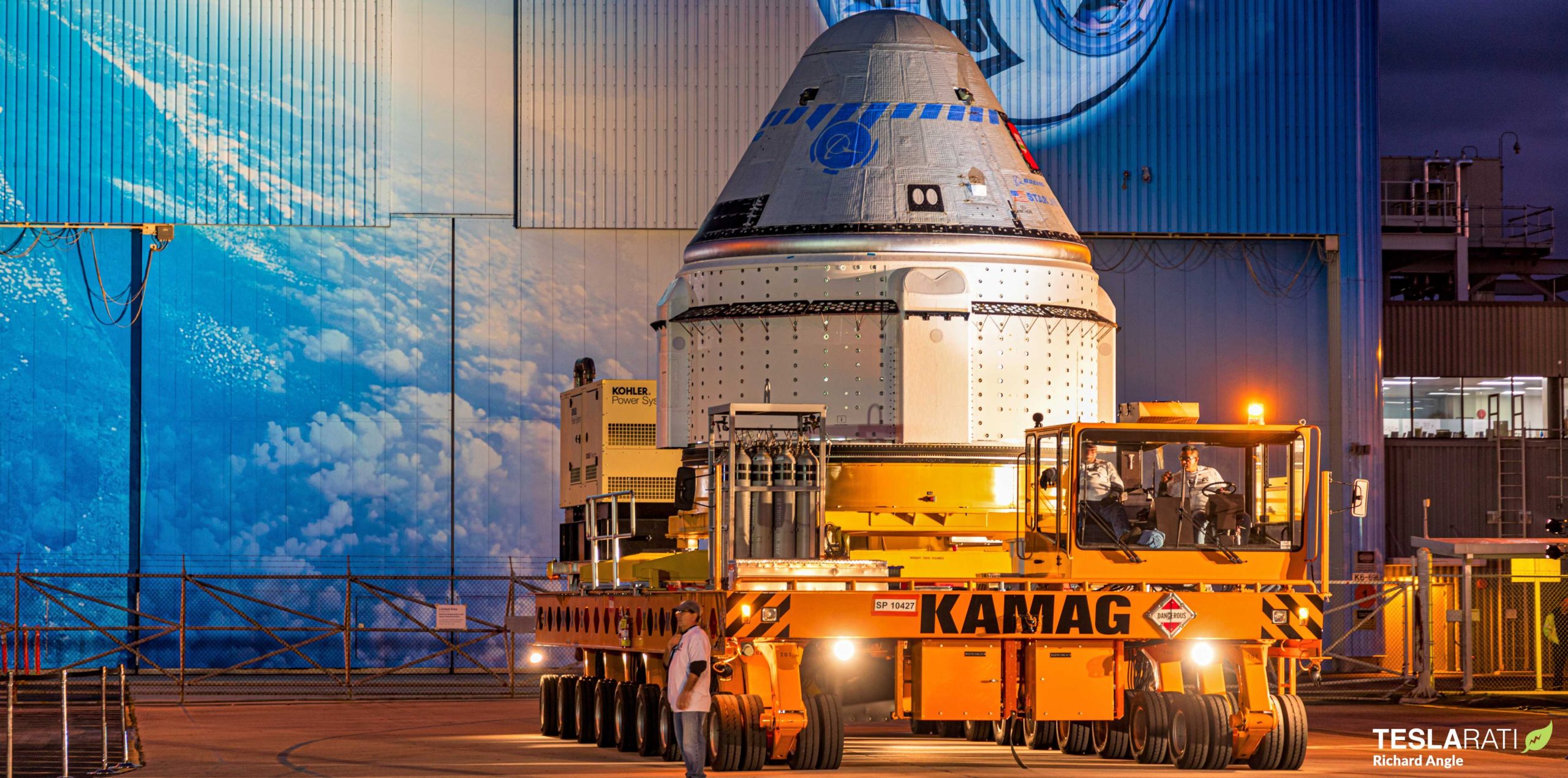
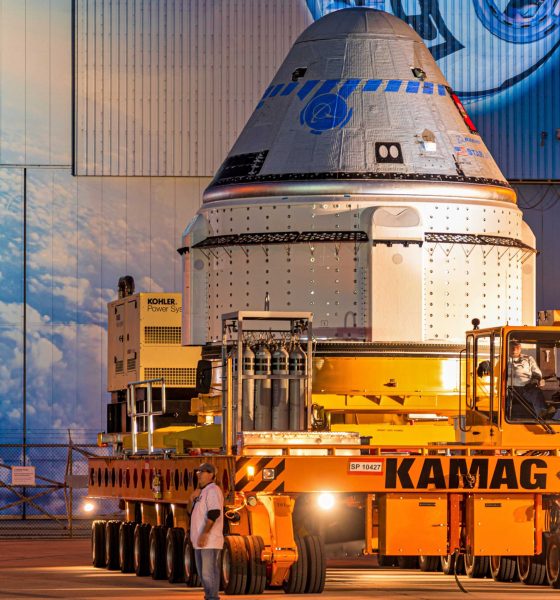
News
Boeing Starliner and SpaceX Crew Dragon crew capsules on track for back-to-back launches
NASA Commercial Crew partners Boeing and SpaceX are taking big steps towards two unique flight tests of their respective Starliner and Crew Dragon spacecraft, and – if the stars align – could jam-pack next month with spaceflight milestones.
In the last two weeks alone, both companies have checked off major milestones while preparing their human-rated spacecraft for flight, and – with a little luck over the next few weeks – Starliner and Crew Dragon processing could align for back-to-back launches in the last few weeks of 2019.
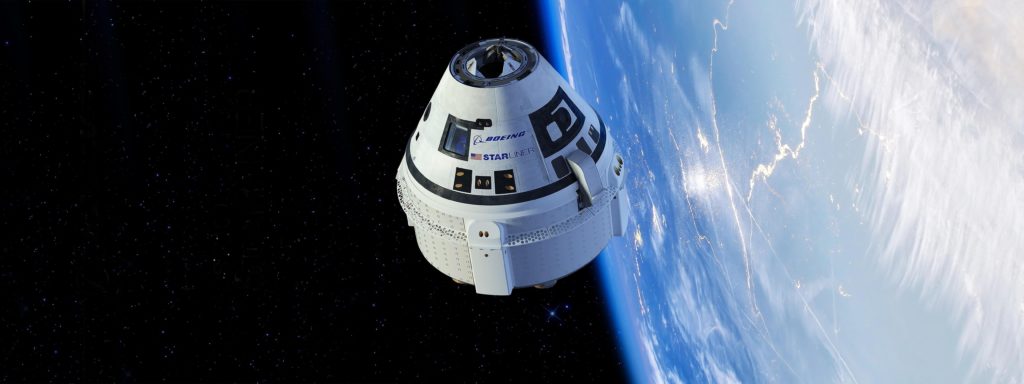
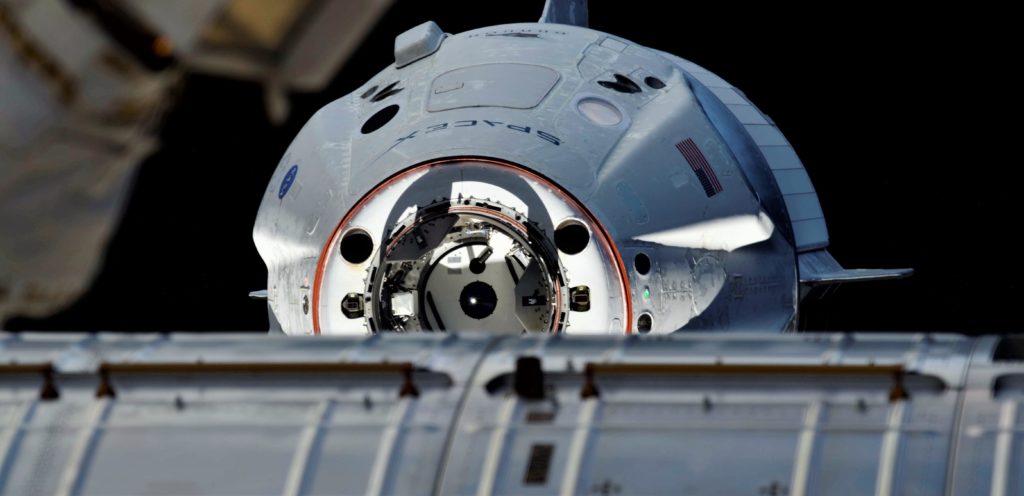
On Atlas’ shoulders
Starliner’s uncrewed orbital flight test (OFT) is currently scheduled no earlier than (NET) December 17th and Boeing – after years of delays – is finally on the last legs of preparation for the spacecraft’s orbital launch debut (OFT). On November 4th, some 12 months after it was originally planned to occur, Boeing’s Starliner spacecraft completed a (mostly) successful pad abort test, demonstrating the ability to whisk astronauts away from a failing rocket or any other pad emergency prior to launch. Aside from a parachute deployment failure caused by insufficient quality assurance checkouts, Starliner performed exactly as expected.
With the Starliner pad abort now complete, the spacecraft’s OFT is front and center. On November 20th, United Launch Alliance (ULA) CEO Tory Bruno announced that the company – chosen by Boeing to launch Starliner – had successfully completed a “Mission Dress Rehearsal”, more or less a virtual simulation of Atlas V launch operations.
According to ULA, the MDR was a joint test conducted by ULA teams in Denver and Cape Canaveral, personnel from NASA and Boeing, and the Cape Canaveral Air Force Station (CCAFS) 45th Space Wing.
On November 21st, the day after Atlas V’s successful MDR, Boeing officially handed off the OFT Starliner to ULA, who used a small wheeled crawler to transport the spacecraft from Boeing’s Commercial Crew and Cargo Processing Facility (C3PF) to ULA’s LC-41 launch complex. Finally, shortly after the transporter arrived at LC-41, ULA craned the spacecraft to the top of its Vertical Integration Facility (VIF) and technicians secured Starliner to the rocket’s payload adapter and Centaur upper stage, itself recently stacked atop an Atlas V booster.
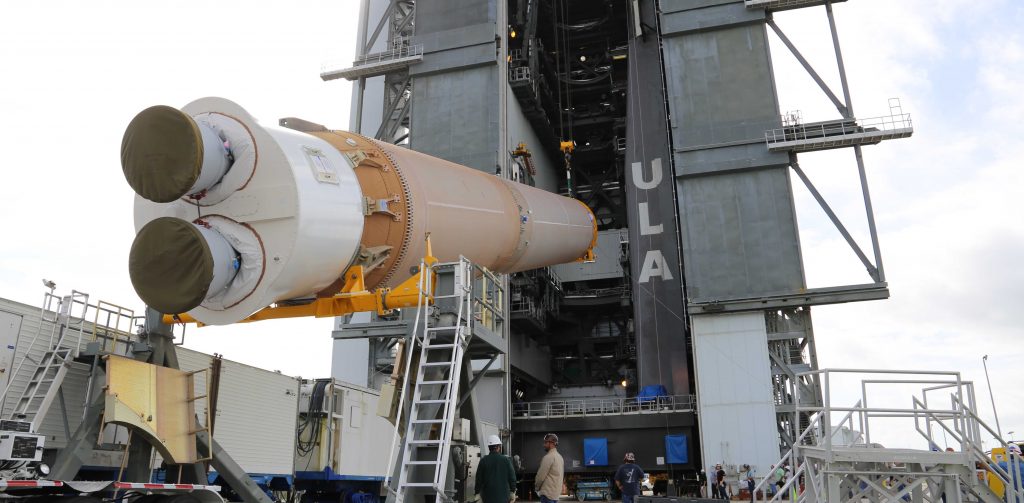
The time left ahead of OFT will be used to ensure a successful first flight of both the spacecraft and its uniquely-configured launch vehicle. OFT will be the first time Atlas V launches a payload without a fairing. Combined with the unusual fact that Starliner is significantly wider than the rocket’s Centaur upper stage, a large skirt and other unusual aerodynamic features had to be added to counterbalance dangerous instability that could otherwise crop up in flight.
Of note, the OFT Starliner’s service section (the cylindrical lower half) will not launch with an operational abort system, meaning that the system of four powerful engines are either entirely absent or will be disabled in flight.


Boeing’s Starliner OFT will more or less mirror Crew Dragon’s March 2019 launch debut, nominally launching, reaching orbit, rendezvousing and docking with the ISS, and successfully returning to Earth a week or so later. Although NASA did not originally require its CCP providers to perform uncrewed orbital flight tests prior to their first attempted crewed launches, NASA officials have since made it clear that they are extremely grateful that Boeing and SpaceX proposed them.
Encore!
At the same time as Boeing and ULA are preparing for Starliner’s first orbital launch, SpaceX is in the late stages of preparing Falcon 9 and Crew Dragon for the spacecraft’s In-Flight Abort (IFA), a test that Boeing chose not to perform – NASA required a pad abort but left the rest up to its providers to propose (or not propose). On November 13th, Crew Dragon capsule C205 successfully fired up two Draco maneuvering thrusters and its eight integrated SuperDraco abort engines, verifying that a major design flaw that destroyed capsule C201 has likely been alleviated.
Crew Dragon’s IFA test is scheduled no earlier than December 2019 and will likely fall somewhere in the second half of the month, potentially putting it just days before or after Starliner’s orbital launch debut. All told, the last month of 2019 is likely to be jam-packed with major spaceflight milestones, particularly for NASA’s Commercial Crew Program. If all goes as planned during Boeing and SpaceX’s imminent flight tests, both providers believe they could be ready for their first astronaut launches in early 2020.
Check out Teslarati’s Marketplace! We offer Tesla accessories, including for the Tesla Cybertruck and Tesla Model 3.

News
Tesla starts showing how FSD will change lives in Europe
Local officials tested the system on narrow country roads and were impressed by FSD’s smooth, human-like driving, with some calling the service a game-changer for everyday life in areas that are far from urban centers.

Tesla has launched Europe’s first public shuttle service using Full Self-Driving (Supervised) in the rural Eifelkreis Bitburg-Prüm region of Germany, demonstrating how the technology can restore independence and mobility for people who struggle with limited transport options.
Local officials tested the system on narrow country roads and were impressed by FSD’s smooth, human-like driving, with some calling the service a game-changer for everyday life in areas that are far from urban centers.
Officials see real impact on rural residents
Arzfeld Mayor Johannes Kuhl and District Administrator Andreas Kruppert personally tested the Tesla shuttle service. This allowed them to see just how well FSD navigated winding lanes and rural roads confidently. Kruppert said, “Autonomous driving sounds like science fiction to many, but we simply see here that it works totally well in rural regions too.” Kuhl, for his part, also noted that FSD “feels like a very experienced driver.”
The pilot complements the area’s “Citizen Bus” program, which provides on-demand rides for elderly residents who can no longer drive themselves. Tesla Europe shared a video of a demonstration of the service, highlighting how FSD gives people their freedom back, even in places where public transport is not as prevalent.
What the Ministry for Economic Affairs and Transport says
Rhineland-Palatinate’s Minister Daniela Schmitt supported the project, praising the collaboration that made this “first of its kind in Europe” possible. As per the ministry, the rural rollout for the service shows FSD’s potential beyond major cities, and it delivers tangible benefits like grocery runs, doctor visits, and social connections for isolated residents.
“Reliable and flexible mobility is especially vital in rural areas. With the launch of a shuttle service using self-driving vehicles (FSD supervised) by Tesla in the Eifelkreis Bitburg-Prüm, an innovative pilot project is now getting underway that complements local community bus services. It is the first project of its kind in Europe.
“The result is a real gain for rural mobility: greater accessibility, more flexibility and tangible benefits for everyday life. A strong signal for innovation, cooperation and future-oriented mobility beyond urban centers,” the ministry wrote in a LinkedIn post.
News
Tesla China quietly posts Robotaxi-related job listing
Tesla China is currently seeking a Low Voltage Electrical Engineer to work on circuit board design for the company’s autonomous vehicles.

Tesla has posted a new job listing in Shanghai explicitly tied to its Robotaxi program, fueling speculation that the company is preparing to launch its dedicated autonomous ride-hailing service in China.
As noted in the listing, Tesla China is currently seeking a Low Voltage Electrical Engineer to work on circuit board design for the company’s autonomous vehicles.
Robotaxi-specific role
The listing, which was shared on social media platform X by industry watcher @tslaming, suggested that Tesla China is looking to fill the role urgently. The job listing itself specifically mentions that the person hired for the role will be working on the Low Voltage Hardware team, which would design the circuit boards that would serve as the nervous system of the Robotaxi.
Key tasks for the role, as indicated in the job listing, include collaboration with PCB layout, firmware, mechanical, program management, and validation teams, among other responsibilities. The role is based in Shanghai.
China Robotaxi launch
China represents a massive potential market for robotaxis, with its dense urban centers and supportive policies in select cities. Tesla has limited permission to roll out FSD in the country, though despite this, its vehicles have been hailed as among the best in the market when it comes to autonomous features. So far, at least, it appears that China supports Tesla’s FSD and Robotaxi rollout.
This was hinted at in November, when Tesla brought the Cybercab to the 8th China International Import Expo (CIIE) in Shanghai, marking the first time that the autonomous two-seater was brought to the Asia-Pacific region. The vehicle, despite not having a release date in China, received a significant amount of interest among the event’s attendees.
Elon Musk
Elon Musk and Tesla AI Director share insights after empty driver seat Robotaxi rides
The executives’ unoccupied tests hint at the rapid progress of Tesla’s unsupervised Robotaxi efforts.

Tesla CEO Elon Musk and AI Director Ashok Elluswamy celebrated Christmas Eve by sharing personal experiences with Robotaxi vehicles that had no safety monitor or occupant in the driver’s seat. Musk described the system’s “perfect driving” around Austin, while Elluswamy posted video from the back seat, calling it “an amazing experience.”
The executives’ unoccupied tests hint at the rapid progress of Tesla’s unsupervised Robotaxi efforts.
Elon and Ashok’s firsthand Robotaxi insights
Prior to Musk and the Tesla AI Director’s posts, sightings of unmanned Teslas navigating public roads were widely shared on social media. One such vehicle was spotted in Austin, Texas, which Elon Musk acknowleged by stating that “Testing is underway with no occupants in the car.”
Based on his Christmas Eve post, Musk seemed to have tested an unmanned Tesla himself. “A Tesla with no safety monitor in the car and me sitting in the passenger seat took me all around Austin on Sunday with perfect driving,” Musk wrote in his post.
Elluswamy responded with a 2-minute video showing himself in the rear of an unmanned Tesla. The video featured the vehicle’s empty front seats, as well as its smooth handling through real-world traffic. He captioned his video with the words, “It’s an amazing experience!”
Towards Unsupervised operations
During an xAI Hackathon earlier this month, Elon Musk mentioned that Tesla owed be removing Safety Monitors from its Robotaxis in Austin in just three weeks. “Unsupervised is pretty much solved at this point. So there will be Tesla Robotaxis operating in Austin with no one in them. Not even anyone in the passenger seat in about three weeks,” he said. Musk echoed similar estimates at the 2025 Annual Shareholder Meeting and the Q3 2025 earnings call.
Considering the insights that were posted Musk and Elluswamy, it does appear that Tesla is working hard towards operating its Robotaxis with no safety monitors. This is quite impressive considering that the service was launched just earlier this year.








